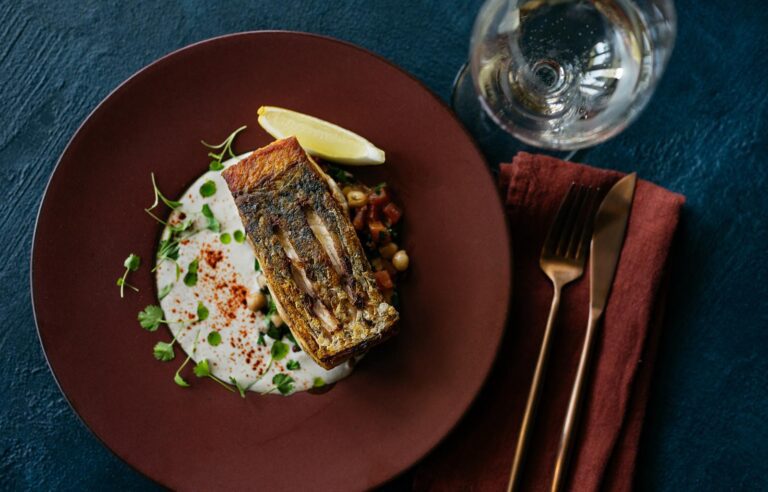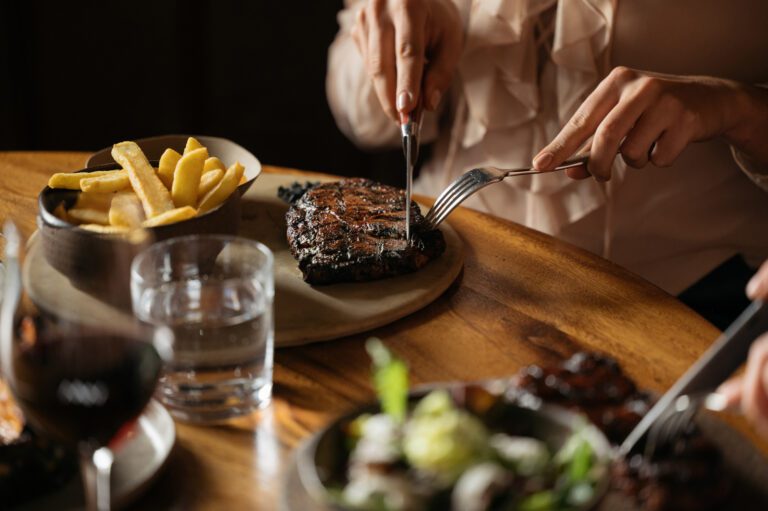Ah, wine. It’s been obsessed over by cellarmasters, sommeliers and amateur oenophiles for thousands of years; and while winemaking is an art form that’s been practised over generations, the best winemakers are still always looking for ways to perfect their drop.
So, what new and exciting developments are happening in the world of vino this year? Here’s a quick summary of wine trends to look out for in 2019. Cheers!
Homegrown rosé in a traditional dry French style
The best rosé varieties in the world are generally considered to come from France, and tend to be dry with gentle savoury and crisp notes like musk or grapefruit. Traditionally, Australian rosés have been sweeter than their French counterparts, with fruity aromas like strawberry and raspberry.
This year, however, we can expect to see more Australian varieties being made in the typical French style to meet growing demand for a drier and more savoury finishes. This is great news for lovers of dry rosé as local varieties tend to be more affordable without compromising on quality.
Try at The Meat & Wine Co: Hay Shed Hill 2017 Rosé, Margaret River, WA – clean and dry with a hint of graininess in the texture, typical of a dry style rosé.
Out with Sauvignon Blanc, in with Pinot Grigio
Sales of New Zealand Sauvignon Blanc are slowly declining, with crisp white Pinot Grigio swooping in to take its place. Originally an Italian grape, Pinot Grigio has risen in popularity over the years to become one of Australia’s most sought-after whites. In 2019, we’re likely to see more Pinot Grigio varieties with crisp flavours and high acidity enter the market – ideal for pairing with seafood dishes or cheese plates.
Try at The Meat & Wine Co: Smith & Hooper 2017 Pinot Grigio, Wrattonbully, SA – pale gold with green hues and aromas of strawberry leaf and nashi pear. Finishes with lingering acid and a hint of musk.
Organic, biodynamic and natural wines
Sales of organic and biodynamic wines skyrocketed in 2018 as consumers look for more natural and ethically-produced wine options, and this trend is set to continue in 2019. Organic wines are made from organically grown grapes, and are also made without any added sulphites, while biodynamic wines are made with organic farming practices that also take into account factors like lunar cycles and astronomical configurations when planting and harvesting.
Try at The Meat & Wine Co: Yalumba 2016 Organic Pinot Grigio, Regional, SA – pale lemon in colour with green hues and aromas of lavender and dried herbs. The palate exhibits jasmine and white flowers, complemented by cinnamon quill and all spice.
Fruit-driven reds
The appetite for fruit-driven, lighter-style reds shows no sign of fading this year. Fruit-heavy reds can come in the form of blends or as single varietals: Shiraz, Cabernet, Grenache and Syrah are the varieties to look out for. These wines are typically packed full of red fruit and often have a floral scent.
Try at The Meat & Wine Co: Jim Barry ‘The Armagh’ 2013 Shiraz, Clare Valley, SA – rich dark fruits, spicy and savoury showing oak, liquorice and granite; soft blackberry, plum and coffee with amazing depth, finishing long and dry with gentle acidity.
The rise of Tempranillo
A Spanish grape variety from the Rioja region of Spain, Tempranillo’s Australian prevalence is growing in major wine regions such as McLaren Vale, Barossa Valley, Geographe and Margaret River. Tempranillo wines have good colour and fruit flavour with low acid and soft tannins, making them a good match for a variety of food pairings such as red meat.
Try at The Meat & Wine Co: Tar & Roses 2016 Tempranillo, Heathcote, VIC – dense, dry and full, this wine is a delectable blend of blueberries, plums and savoury tannin, with hints of charcoal, coconut, star anise, nutmeg and chocolate around the edges.
Interested in wine tasting at The Meat & Wine Co? Browse our full wine list and book a table online.




/assets/images/ajax-loader.gif)